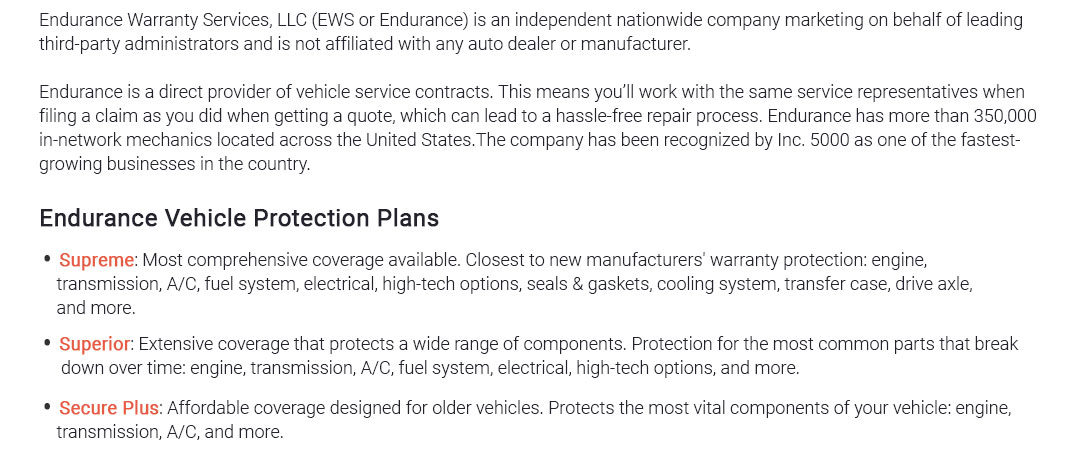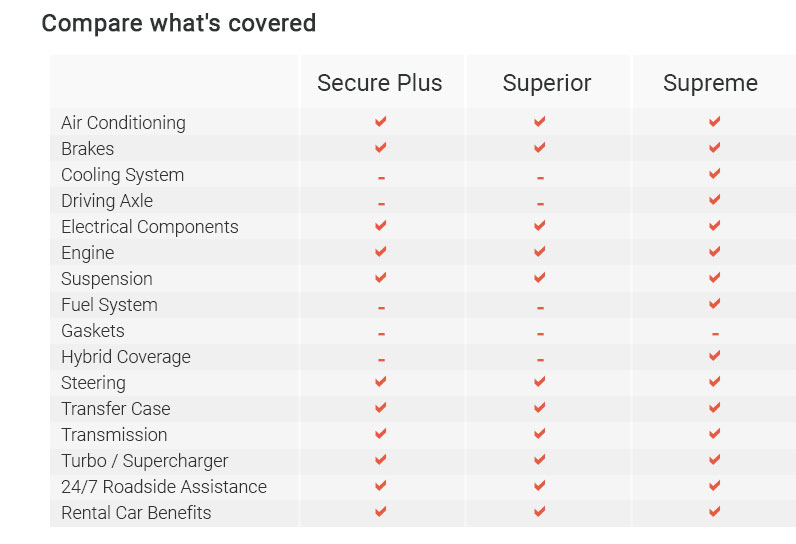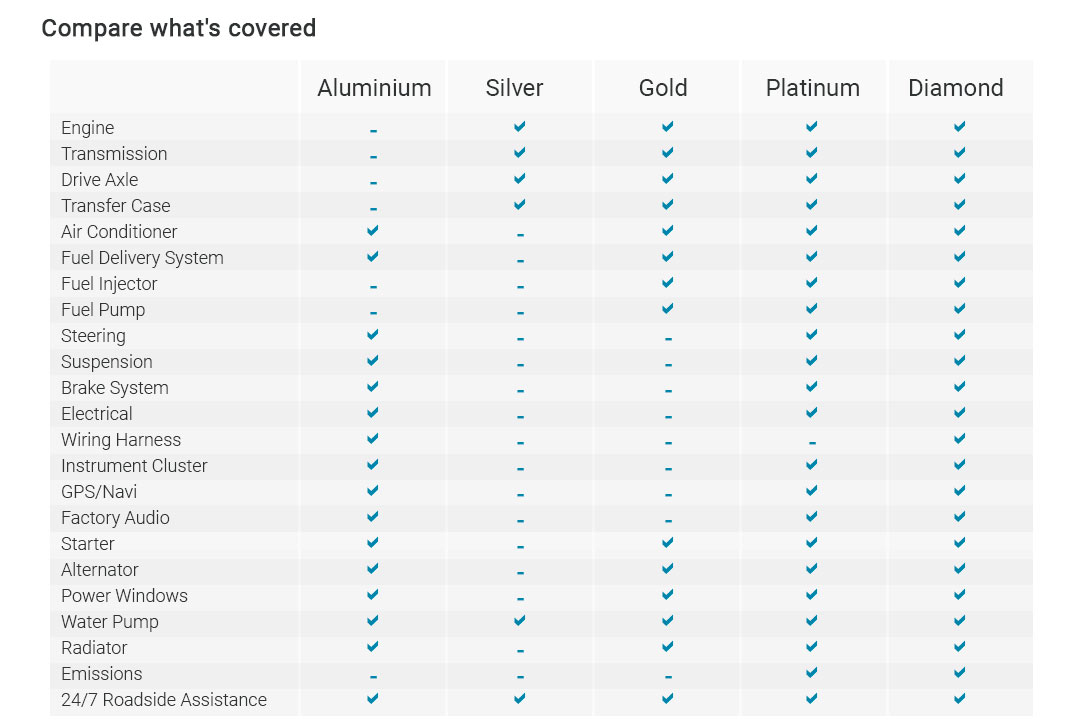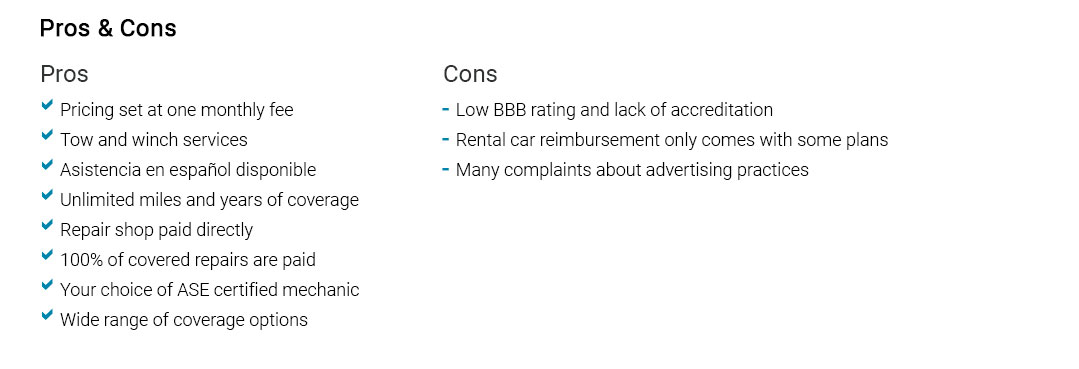 |
 |
 |
 |
 |
 |
 |
 |
 |
 |
|||
 |
 |
|||
 |
 |
|||
 |
 |
|
|||||||
 |
|||||||
 |
|||||||
 |
|||||||
 |
|||||||
|
|||||||
|
||||||
 |
||||||
 |
||||||
 |
||||||
|
 |
 |
 |
 |
 |
 |
 |
|||
 |
 |
|||
 |
 |
Understanding Vehicle Warranty ServiceIn today's fast-paced world, owning a vehicle is more than just a convenience; it's often a necessity. However, with ownership comes responsibility, and among the many considerations for vehicle owners, understanding the nuances of vehicle warranty service stands paramount. Vehicle warranty service is essentially a promise made by the manufacturer to cover certain repairs and services should issues arise within a specified period or mileage. While this may seem straightforward, the intricacies involved can be perplexing, and staying well-informed can save both time and money. To begin with, it's important to distinguish between the various types of warranties available. Typically, new vehicles come with a manufacturer's warranty, which generally covers most mechanical and electrical components for a period often ranging from three to five years or a certain mileage, whichever comes first. This type of warranty is often referred to as a bumper-to-bumper warranty. Additionally, there's the powertrain warranty, which is more limited, focusing solely on the vehicle's engine, transmission, and other parts that make the vehicle move. Many consumers also opt for extended warranties, which are service contracts that provide coverage beyond the manufacturer's warranty. These warranties can be advantageous, especially if one plans to keep the vehicle for an extended period. However, it's crucial to scrutinize the terms and conditions, as coverage can vary significantly between providers, often leading to unexpected out-of-pocket expenses if not thoroughly understood. Another layer of complexity is introduced with the advent of certified pre-owned vehicles. These vehicles come with their own set of warranties, often providing a blend of the remaining original warranty and additional coverage specific to the certification program. This can provide peace of mind to buyers of used vehicles, though it is again imperative to understand what is covered and for how long. Furthermore, it's essential to recognize what is typically not covered by warranties. Most warranties exclude regular maintenance items such as oil changes, brake pads, and tires. Wear and tear components are generally the responsibility of the vehicle owner, as are any damages caused by neglect or misuse. When dealing with warranty claims, the process can sometimes be cumbersome. It requires dealing with authorized dealers or service centers, and in some instances, navigating the fine print of the warranty document. Being proactive in maintaining comprehensive service records and adhering to recommended maintenance schedules can often simplify the claims process. In summary, vehicle warranty service is an invaluable aspect of vehicle ownership. It offers a safety net against unforeseen mechanical failures, yet demands a thorough understanding of its scope and limitations. As vehicles become more technologically advanced, the cost of repairs escalates, making warranties more crucial than ever. Staying well-informed empowers vehicle owners to make savvy decisions, ensuring that they are adequately protected against the unpredictable nature of automotive repairs. Thus, taking the time to familiarize oneself with the details of vehicle warranties is not just advisable but essential for anyone looking to safeguard their automotive investment. https://www.cars.com/car-warranty/money/best-extended-car-warranty-plans/
Endurance Best Overall; Carchex Best Claims Process; CarShield Best for Plan Selection; Concord Auto Protect Best for 24/7 Live ... https://alphawarranty.com/
Alpha Warranty Services provides a range of vehicle service contracts. Our coverage helps you enjoy your new purchase and maintain peace of mind. https://www.integritywarranty.com/
Industry-leading service contract options, for an industry-leading selection of vehicles. We help you provide value to every car buyer. Offer them an Integrity ...
|
















